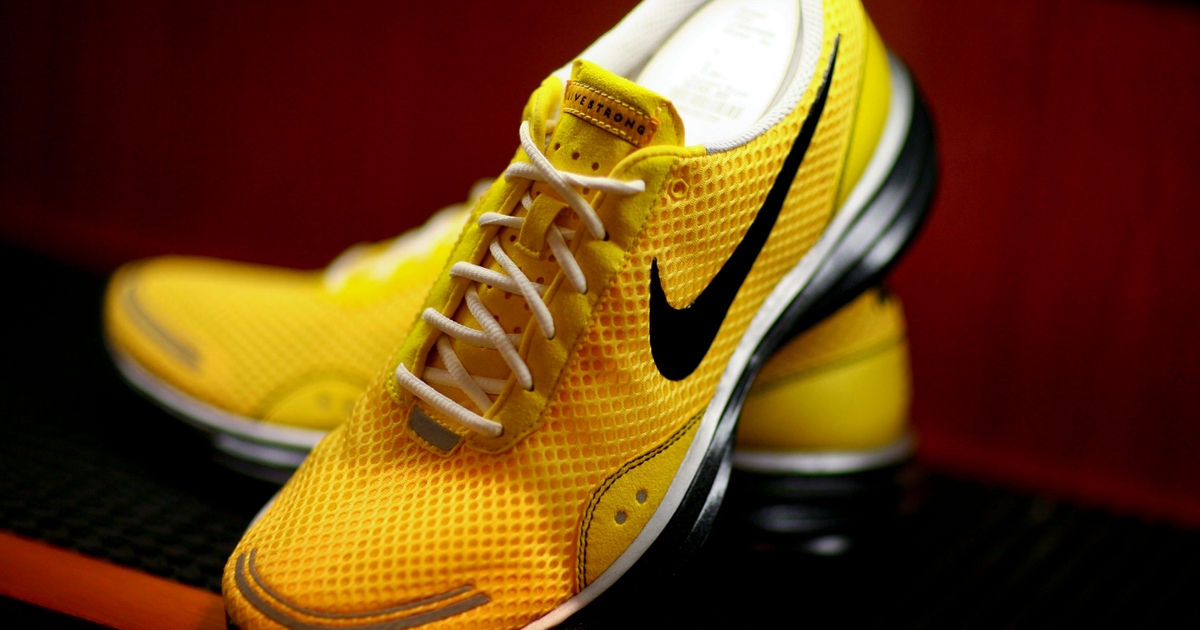Financing fake news: Nike and Amazon advertise on Covid conspiracy sites

The most common were for Amazon Pharmacy, the drugstore run by the online retail giant, which itself has become a major player in digital advertising. Ads for Amazon Pharmacy accounted for more than 1% of 42,000 recorded by the crawlers and were found on more than 30 of the misinformation sites.
The next most-featured advertisers were PC maker Lenovo, which appeared on 11 sites, and US bank Discover. Ads for the UK-based auctioneer Sotheby’s, Honda, US pharmacy chain Walgreens and eBay were also among those recorded on multiple misinformation-spreading sites.
Google did not directly address the presence of ads it delivered on the sites identified by the Bureau, but said it took appropriate action against sites that breached its policies on misinformation, including cutting off the ability for publishers to make money from specific pages, or their entire sites, following repeated breaches.
“Protecting consumers and the credible businesses operating on our platforms is a priority for us,” a Google spokesperson told the Bureau.
Taking responsibility
The companies that place ads on behalf of brands and other organisations often promote “brand safety” systems and services that should stop them from appearing on sites promoting unsavoury content. Other companies working in the area specialise in add-on services designed to provide an extra layer of protection. The Bureau’s investigation suggests that these systems are not functioning as well as they claim.
Of all the organisations contacted by the Bureau about their ads appearing on misinformation sites, only the Department of Veterans Affairs said that it knew which sites its ads appear on.
A spokesperson for Ted Baker said: “The location of the adverts relates to the Google Display Network which means that they are specific to each individual user. We are working with Google to look into this matter.”
Fou, the independent ad fraud researcher, says the industry has traditionally defended itself by claiming that only a fraction of advertising money can mistakenly go to sources of dangerous content on the web. But the scale of the online ad market means that even a tiny fraction of the total spending amounts to “significant money for the bad guys”.
This article has been archived for your research. The original version from The Bureau of Investigative Journalism can be found here.


